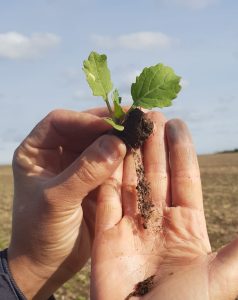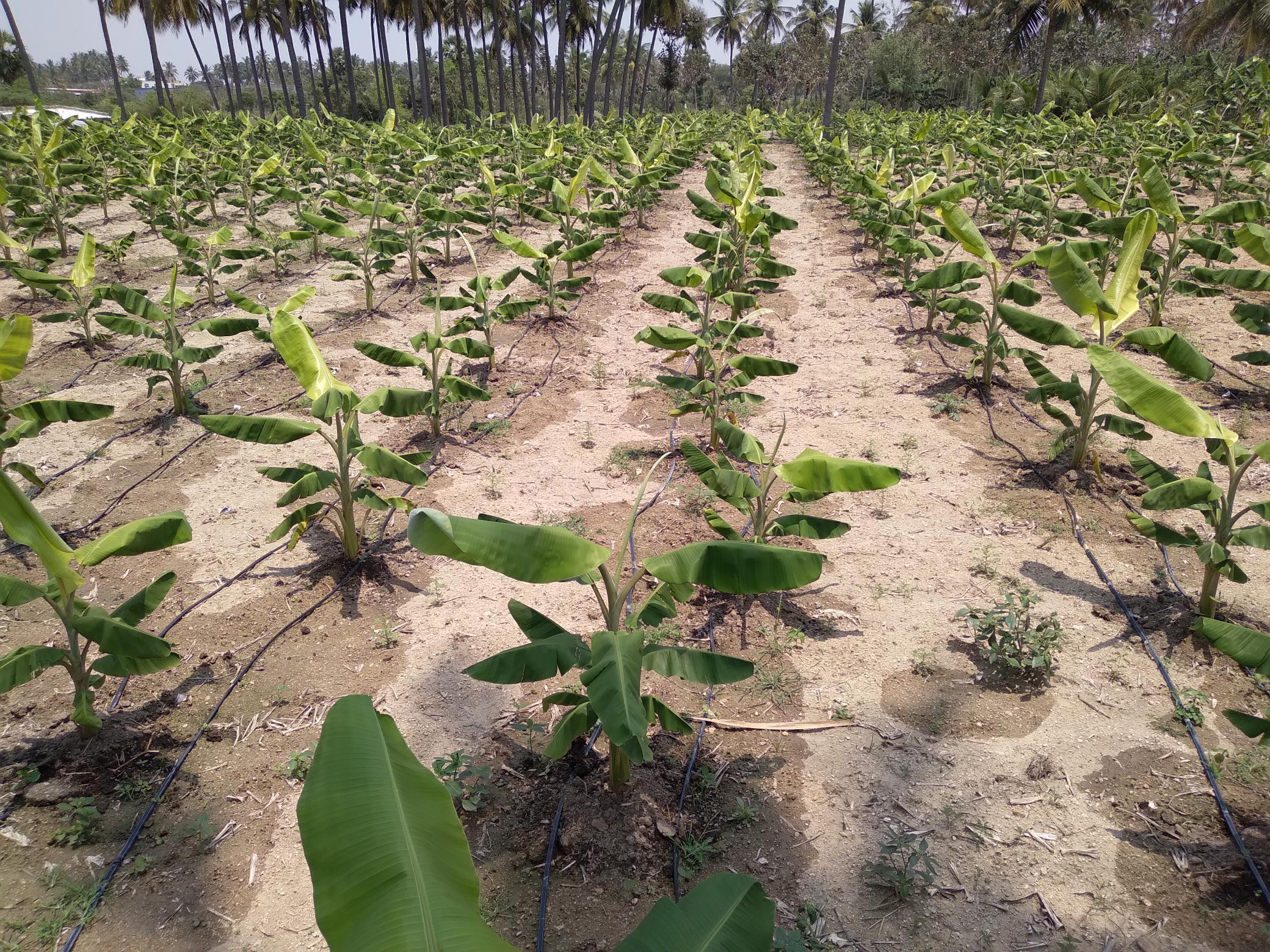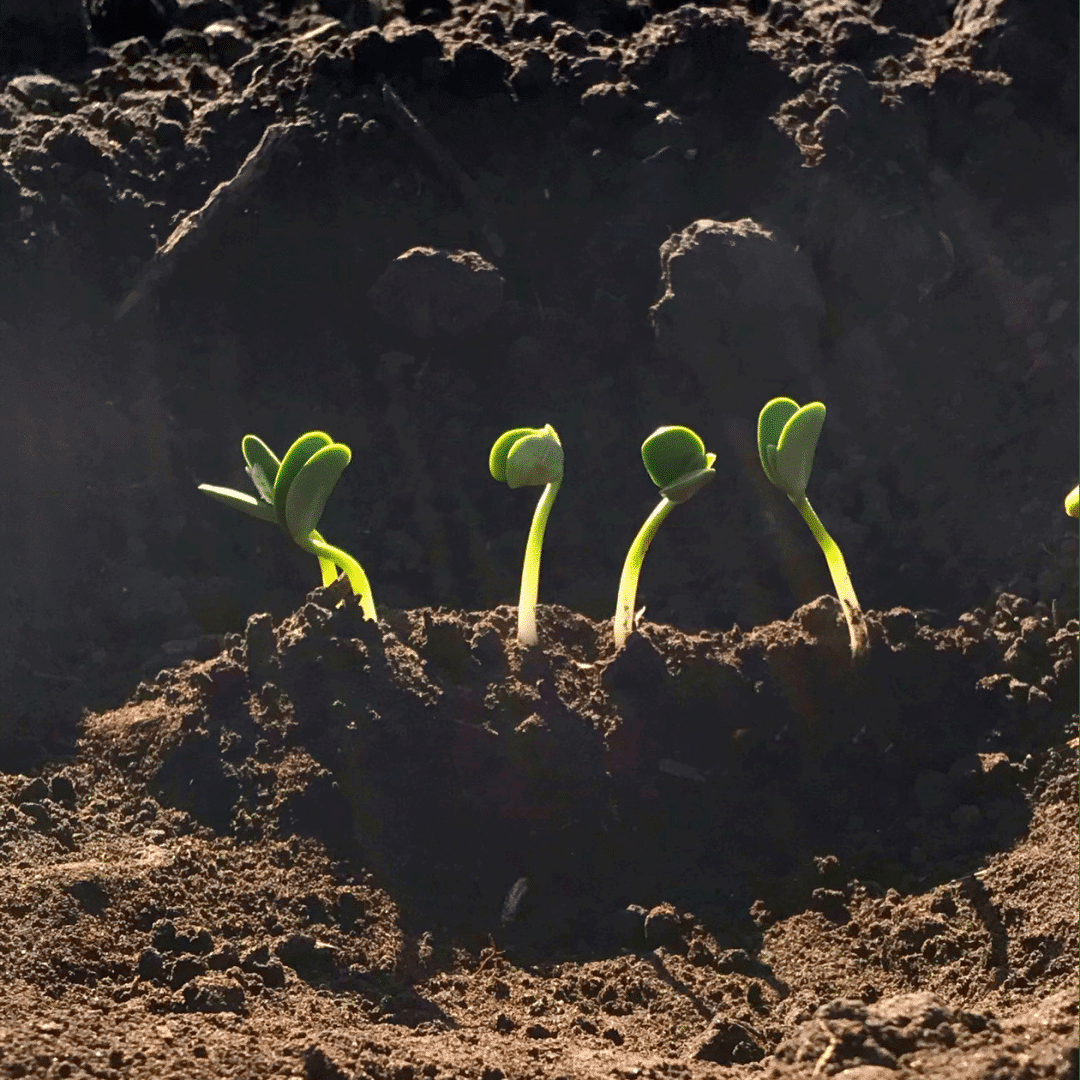Did you know one liter of wine needs 400 liters of water during vegetative growth?
Vine water regime is known to have the greatest influence on vine physiology (yield, plant vigour, grape quality potential). It is also the hardest to measure, forecast and manage especially due to climate change and abiotic stresses impacts. Evaluating grapevine hydric state will determine if its not limiting, weakly limiting or if the vine is under real water stress. Watering will not be enough to overcome the damages made by a severe stress. Specific cultural practices will help the grower to obtain a fair compromise between the yield and the qualitative potential of the grapes.
Thanks to its root exploring capacity grapevine can tolerate a certain level of hydric constraint. It is up to the grower to fix the maximum threshold not to exceed according to its production target (yield, quality, sugar etc.) Hydric stress can be light to moderate for white wine and moderate to strong for red long-keeping wine (IFV Colloque 2014). However, it is well known that not only drought intensity has an impact on grapevine but also the stage occurrence and the length influences the final berries weight and hence their composition and yield (Zufferey et al. 2020).
What is the physiological impact of hydric stress on grapevines?
First response to drought is stomatal closure (Düring 1987), which will lead to a decrease of gaseous exchange causing early vegetative growth stop (Chaves et al. 2010).
The decrease of photosynthetic activity results in less sugar production which means a reduction of sugar exportations in sink organs such as berries, roots or latent buds. In the end it can be problematic for wine maturation or reserve building. Negative impacts on growth and vegetative development during the ongoing season will influence negatively on the grapevine carbohydrate production which represent important source of energy for sustainable production.
The stage of hydric stress occurrence will impact differently the grapevine yield. Severe water lacking before flowering can indirectly reduce number of berries/grape due to photosynthesis decrease. According to literature severe pre-veraison hydric deficit will reduce the ongoing season berries weight, and the number of grape/vine stock of the following season. This is due to the impact on the differentiation of primordia inflorescence in the latent bud. Hydric stress impacts yield and quality year N and also year N+1.



